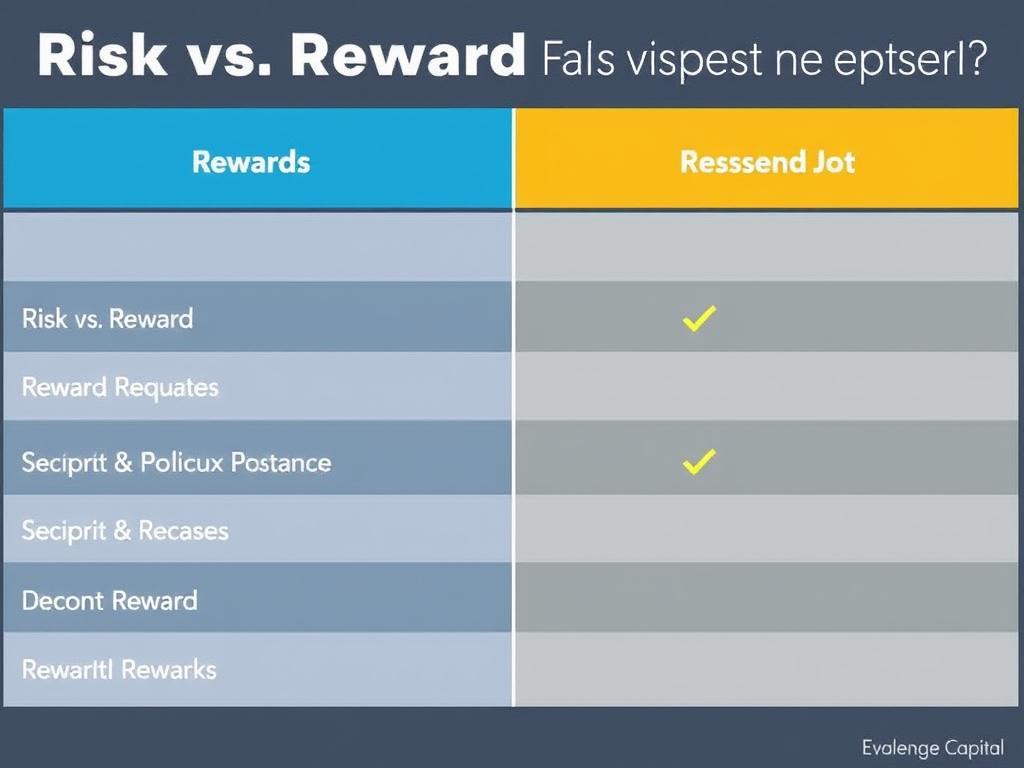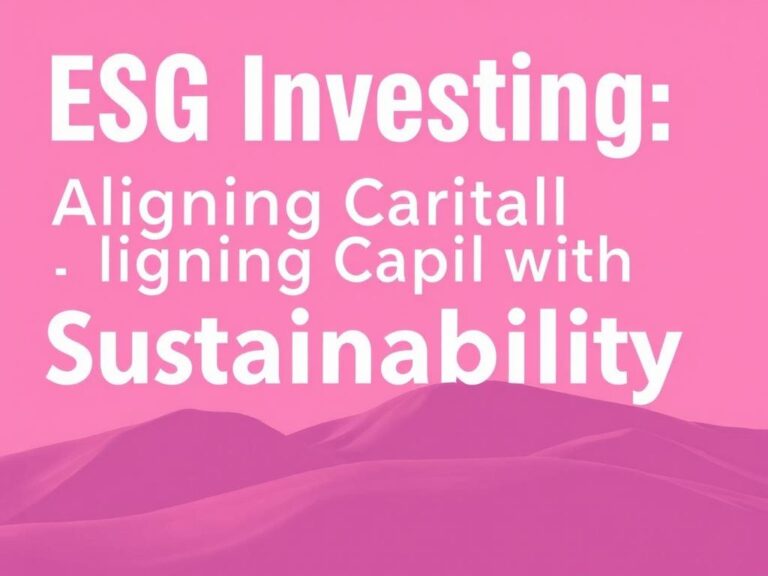Risk vs. Reward: Balancing Capital Investments for Smart Growth
Investing capital is much like walking a tightrope — the higher you climb, the better the view, but the greater the risk of falling. In the world of finance and business, understanding how to balance risk vs. reward is essential for success. When it comes to capital investments, this balance can make the difference between significant growth and substantial losses. Whether you are a startup entrepreneur, an experienced investor, or a corporate manager, knowing how to analyze risks while seeking potential rewards is a skill worth mastering.
Understanding Capital Investments and Their Risks
Capital investments refer to the funds invested in long-term assets to generate future returns. These investments can include purchasing equipment, property, technology, or even expanding operations. While these decisions often promise growth, they inherently carry risks such as market fluctuations, unexpected expenses, or changing economic conditions. Many investors struggle with how to quantify these risks and weigh them against the anticipated rewards. This is where the art and science of balancing risk vs. reward come into play.
It’s important to recognize that no investment is completely risk-free; even the safest investments come with some level of uncertainty. By acknowledging the potential pitfalls upfront, investors can take proactive measures to mitigate risks. A thorough risk assessment typically involves studying market trends, analyzing competitor strategies, and forecasting financial outcomes under different scenarios. The goal is not to avoid risks entirely, but to manage them in a way that aligns with your investment appetite and long-term goals.
Key Factors Influencing Risk and Reward

Several factors influence the balance between risk and reward when making capital investments:
- Market Volatility: High volatility markets might offer higher rewards but also increase the chance of losses.
- Investment Horizon: Longer-term investments often allow more time to recover from risks but require patience.
- Industry Stability: Investing in a stable industry generally means lower risk, but possibly lower rewards.
- Financial Health: A company’s cash flow and debt levels influence how much risk it can sustain when investing.
- Regulatory Environment: Changing laws or regulations can impact the profitability and risk of investments.
By assessing these components, investors can tailor their strategies to strike an optimal balance between risk vs. reward that fits their unique situation.
Strategies to Balance Risk vs. Reward in Capital Investments
Balancing risk and reward isn’t about playing it safe all the time; it’s about understanding where to take calculated risks and where to minimize exposure. Below are strategic approaches commonly employed by savvy investors to ensure a well-balanced portfolio of capital investments.
1. Diversification
Diversifying investments across different assets, sectors, or geographic regions spreads the risk. If one investment falters, others may continue to thrive, reducing overall exposure.
2. Due Diligence and Research

Thoroughly researching potential investments allows you to uncover hidden risks and estimate possible returns with greater accuracy.
3. Scenario Planning
Visualizing different future situations — best case, worst case, and most likely — helps prepare for uncertainties and set realistic expectations.
4. Risk Tolerance Assessment
Understanding your or your organization’s appetite for risk ensures decisions align with comfort levels and strategic objectives.
5. Continuous Monitoring
Regularly reviewing investments allows for timely adjustments in response to market or company changes, helping maintain the desired risk-reward balance.
Risk vs. Reward Table: Evaluating Investment Options

| Investment Type | Level of Risk | Potential Reward | Ideal Investor Profile |
|---|---|---|---|
| Government Bonds | Low | Low to Moderate | Risk-averse, Long-term |
| Stocks (Blue-chip) | Moderate | Moderate to High | Balanced, Growth-focused |
| Startups / Venture Capital | High | Very High | High-risk tolerance, Patient |
| Real Estate | Moderate | Moderate to High | Long-term, Income-focused |
This table highlights a simplified overview of typical capital investments, reflecting the balance between risk and reward so investors can better align opportunities with their investment goals.
Common Mistakes When Balancing Risk vs. Reward
Many investors fail to find the right balance because they either underestimate risks or overestimate rewards. Below is a list of common pitfalls:
- Ignoring Market Research: Basing decisions on feeling or hearsay rather than concrete data.
- Lack of Diversification: Putting all capital into one or few investments amplifies risk.
- Chasing High Returns: Focusing only on potential profits without understanding the inherent risks.
- Poor Timing: Investing impulsively during market highs can lead to losses.
- Overconfidence: Believing one’s judgment is infallible can lead to reckless investments.
Avoiding these errors requires self-awareness, ongoing education, and sometimes consulting with financial advisors experienced in capital investments.
Technological Tools for Risk Management
Modern technology has revolutionized the way investors manage the risk vs. reward balance. Tools such as predictive analytics, financial modeling software, and real-time market tracking enable more precise decision-making. Artificial intelligence (AI) and machine learning algorithms can analyze vast data sets to identify trends that human analysts might miss.
For example, risk management platforms can simulate thousands of market scenarios, helping investors see how different variables impact potential outcomes. This data-driven approach provides a clearer picture of possible rewards and jeopardies, helping to make informed capital investment decisions with greater confidence.
Use of Automated Alerts and Dashboards
Automated alerts notify investors when market conditions change or when investments hit predefined risk thresholds, allowing for swift response. Dashboards consolidate key financial metrics, offering a comprehensive overview that aids in balancing risk vs. reward continuously.
The Psychological Aspect of Risk and Reward
Beyond numbers and strategies, human psychology plays a significant role in how investors perceive risk and reward. Cognitive biases such as loss aversion — where the fear of losing money outweighs the desire to gain — can skew decisions. Some investors may be overly optimistic, ignoring risks due to the excitement of potential rewards.
Understanding these psychological tendencies is crucial. Experienced investors often practice emotional discipline, sticking to pre-planned strategies even in volatile markets. They recognize that balancing risk vs. reward is as much about controlling emotions as it is about financial calculations.
Conclusion
Balancing risk vs. reward in capital investments is an ongoing journey that combines knowledge, strategy, and emotional intelligence. It requires a clear understanding of one’s goals, thorough research, and a diversified approach that mitigates risks without stifling growth potential. By embracing both the analytical and psychological aspects of investing, individuals and businesses can navigate the complexities of capital investments more confidently and effectively. Remember, the ultimate aim is not to eliminate risk but to manage it wisely, unlocking rewards that fuel sustained success.







